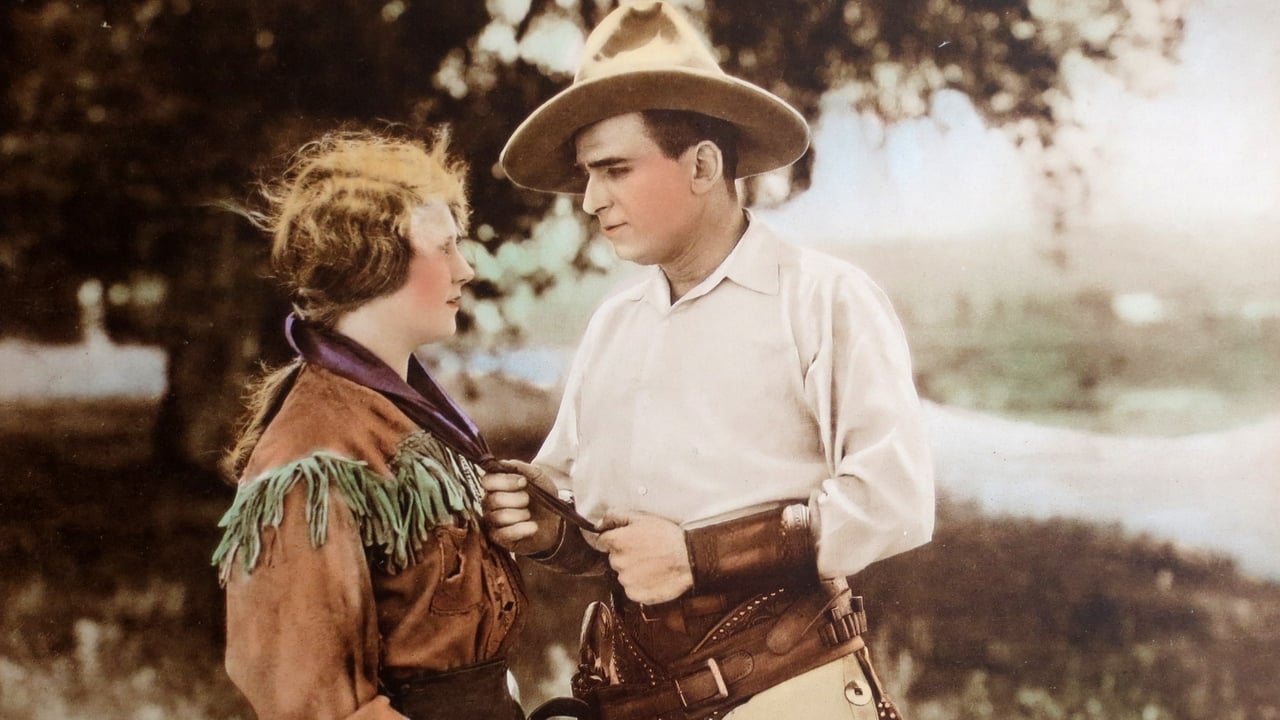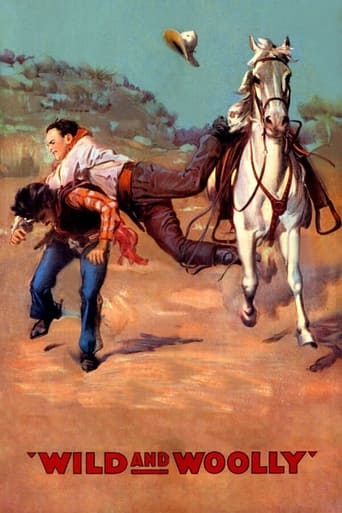



A Disappointing Continuation
In truth, there is barely enough story here to make a film.
View MoreIt is interesting even when nothing much happens, which is for most of its 3-hour running time. Read full review
View MoreBy the time the dramatic fireworks start popping off, each one feels earned.
View MoreI have accompanied on the piano silent movies since 1975, and this one was an absolute treat! The perfect sheet music is "At That Bully Wooly Wild West Show" with words by Edgar Leslie and Grant Clarke, and music by Maurice Abrahams (c. 1913, Maurice Abrahams Music Co., Inc., New York).The chorus goes like this (spellings are modified from the original): "At that wild west show from Idaho, just see those shoot 'em up, shoot 'em up bronco busters. See that big tepee, those robbers came to plunder it, red men under it are shooting, now they're shooting. Hear that Gatling gun, the soldiers, hon, have come to kill 'em all, kill 'em all, don't get nervous. Hug, hug, hug, hug me tight. It's make believe tonight at that bully wooly wild west show...my honey..."A great movie for watching and for making comparisons to this one is the late 20th century film "The Hallelujah Trail".
View MoreDirector: JOHN EMERSON. Screenplay: John Emerson, Anita Loos. Story: Horace B. Carpenter. Photography: Victor Fleming. Film editor: William Shea. Art director and construction manager: Bob Fairbanks. Assistant director: William Henabery. Production manager: Jack Fairbanks. Producer: Doug Fairbanks.Copyright 16 June 1917 by Artcraft Pictures Corp. U.S. release: 24 June 1917. Los Angeles opening: 4 July 1917. 5 reels. 72 minutes. Alpha's nice Kodascope cutdown runs 60 minutes.SYNOPSIS: A New York railroad magnate's spoiled, twenty-year-old son is a mad western freak who fondly imagines that America's West is still wild and woolly – and he wants to be part of the action! COMMENT: A movie that pokes fun at itself even way back in 1917? Fortunately, Alpha have a very good print of this one – even if it is a nice 4-reel Kodascope black and white cutdown. It would be great to see a tinted original, but I think prospects there are dim. Be thankful that Oldies have unearthed such a good print! Most of Kodak's cuts seem to have been made in the New York scenes. Anyway, the movie itself as we now have it, is a viewer's delight from go to whoa. The direction is brisk, the script witty, the actors most capable, and Fairbanks himself comes across in fine form. If you've never seen a Fairbanks movie of this vintage, you'll be surprised at how sophisticated it is, both in the making and the telling. In fact it's hard to decide which is the more amusing – the on screen action or the titles that wryly comment upon it all.
View MoreThis is one of the best silent comedies I've ever seen--and I have seen just about every film by the greats such as Harold Lloyd, Charlie Chaplin and Buster Keaton. While today Douglas Fairbanks is known simply for his action-adventure films, he also made some terrific comedies in the 1910s--and I can't imagine one that is better than this film.The film is set in 1917. In New York, the son (Fairbanks) of the President of a railroad is a bit of a nut. He apparently thinks that 'the old West' is alive and well and has brought a lot of this over-idealized version of the West to the city! He dresses in western garb, fires his pistols in the house and ropes his butler like some sort calf!! So, when someone from the railroad is needed to investigate the need for a line in Arizona, the nut's father sends him--hoping to cure him of his silly beliefs. However, the folks of the town decide to give the town a makeover--and make it exactly like the son expects. They reason that if the young man has a grand time playing cowboy, he'll recommend the railroad approve the expansion. So, they schedule an Indian raid, a train robbery and all the clichés of the West. And, to make sure nobody gets hurt, they load all their guns (and Fairbanks') with blanks. What they don't know is that an evil Indian agent is planning on making it all too real--using real bullets and staging a real robbery and kidnapping. When this occurs, it's up to Fairbanks to save the day...just like some sort of Western movie star! This film is a delight. It's the perfect combination of Fairbanks' strengths--amazing athleticism AND comedic timing. I laughed from start to finish and don't know why this film isn't more famous--it's as perfect a comedy as I've seen from the era and better than comedies of the day (the films we generally consider to be the best comedies during the silent era didn't come out until the 1920s). Brilliant.By the way, the copy I saw was from Televista and was duped directly from a Blackhawk film 8mm print!! As a result, it looks really bad. The film sorely needs to be restored and I have no idea if there is a better copy out there.
View MoreBefore redirecting his career to swashbuckling adventure flicks with "The Mark of Zorro" in 1920, Douglas Fairbanks starred in modern comedies. He repeated the role of a modern mollycoddle or discontent yearning for adventure; in this film, "Wild and Woolly", he returns comically to his Western roots. He teamed with screenwriter Anita Loos, who pioneered the craft working for D.W. Griffith, and her husband director John Emerson to cement the first of Fairbanks's two popular incarnations. According to the print I saw, Victor Fleming ("The Wizard of Oz", "Gone with the Wind") is credited with photography here, and he worked on other Fairbanks vehicles, beginning his directorial career making them.The presence of Loos is readily noticeable in the quantity of intertitles, which contributed much of the humor to Fairbanks vehicles, and thus redefined the role of title cards in silent films. In "Wild and Woolly", as elsewhere, they help to undercut the film by poking fun at itself and movies in general, such as in the scene where Fairbanks goes to a picture-play to have his dreams of the wild West come true--even in New York. The entire film plays around with the fact that movies romanticize bygone eras. The ending, too, jests at itself with the insertion of one intertitle.The pacing is also a nice compliment to Fairbanks's restless, exuberant performance; the editing is as energetic and frantic as he is. It's congruity is also similar to Mack Sennett's Keystone comedies and, as William K. Everson ("American Silent Film") pointed out, is indicative of the fast pace of pictures post "The Birth of a Nation" (1915). Everson claimed that some shots in "Wild and Woolly" lasted no more than five frames. Additionally, Faribanks's acrobatics are perfectly suited to the genre, which he'd carry into his adventure spectacles. Today, Fairbanks remains one of the better-known silent film stars, but mostly for his swashbucklers. Yet, he should be recognized as an early American screen comedian alongside Sennett, Arbuckle, Chaplin, Keaton and Lloyd, as well, even though his films aren't slapstick and he couldn't be considered a clown of the same order. Like some of the films of Sennett, Chaplin and Keaton especially, "Wild and Woolly" is, however, a comedy that in reflecting itself finds much of its humor.
View More